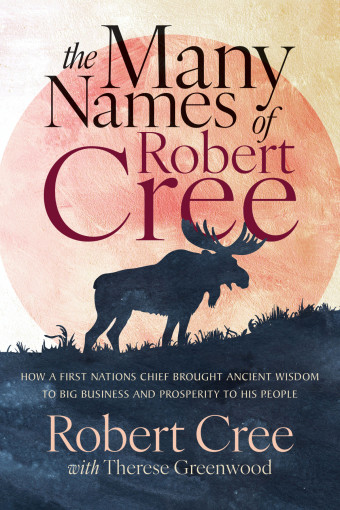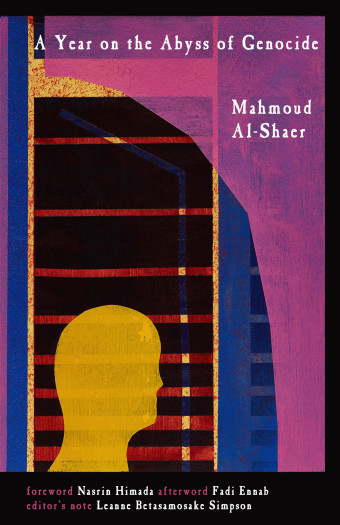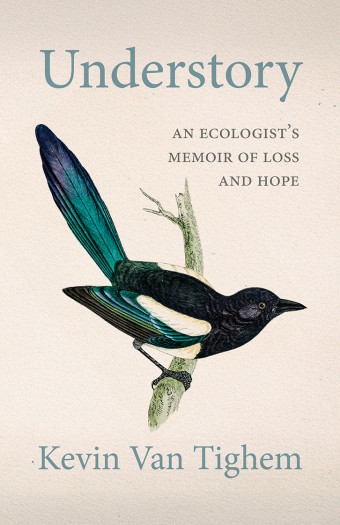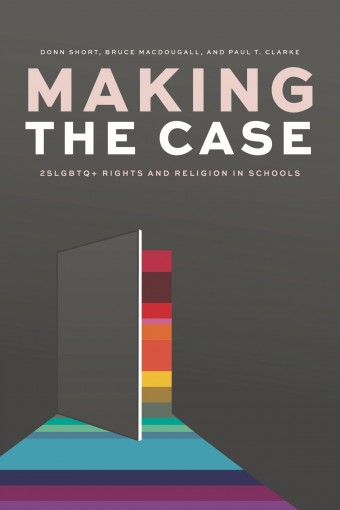
- Making the Case
- Donn Short, Bruce MacDougall, Paul T. Clarke
- UBC Press
- $29.95 Paperback, 180 pages
- ISBN: 978-07-74880-71-8
The book’s three authors say that, while a lot of progress has been made on issues to do with sexuality and rights in the past couple of decades, children are sometimes an afterthought – if they are thought of at all.
“2SLGBTQ+ kids are often situated in home situations that are not accepting or understanding. Schools are the place where they should feel able to be safe and comfortable within their own skins and to thrive,” says Bruce MacDougall, a professor in the Allard School of Law at the University of British Columbia.
“One of the common threads in the experiences of 2SLGBTQ+ students, their allies, teachers, and administrators was the role of religion and the impact of religion in schools,” Donn Short, professor in the Robson Hall Faculty of Law at the University of Manitoba, explains.
“So it was the inevitable next step to produce a study that now brought all that together with its primary focus on religion and religion-based attitudes and arguments about the place of 2SLGBTQ+ students in school.”
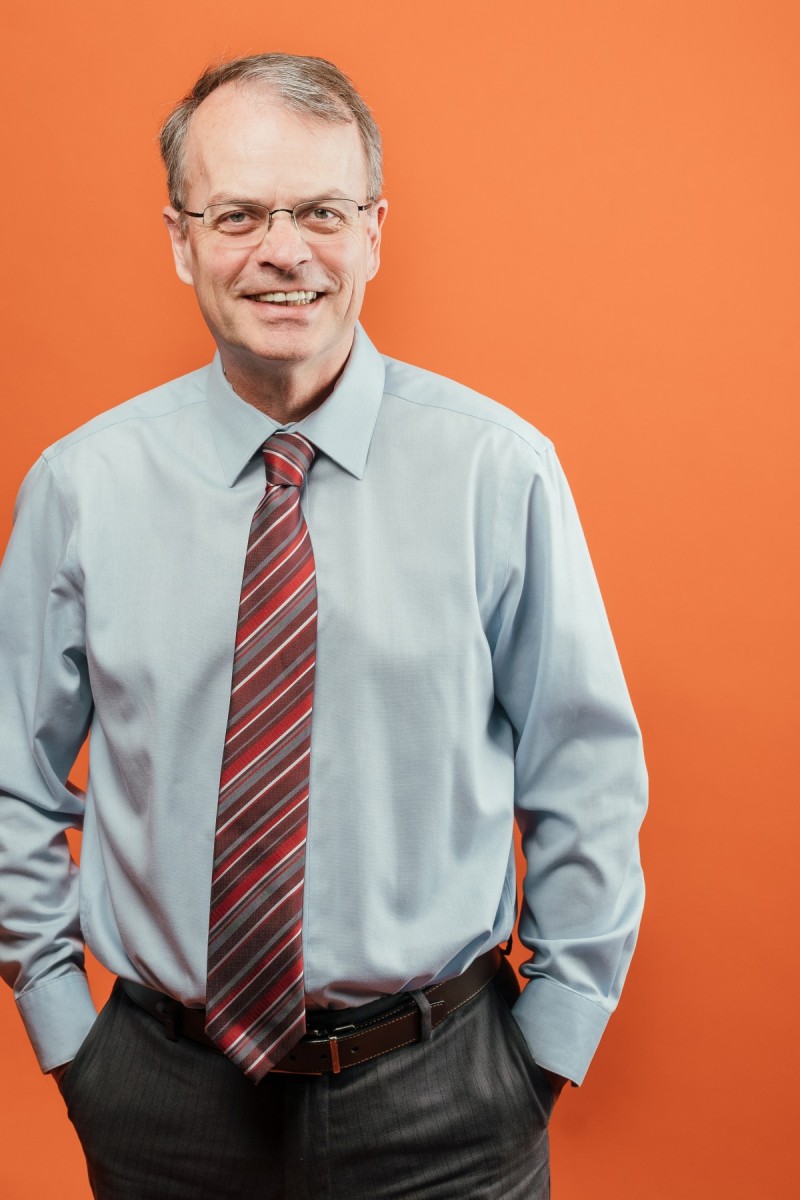
The book is aimed at those who want to build safe and inclusive schools for 2SLGBTQ+ students, as well as “all school leaders and policy makers including school board personnel (including superintendents and directors), trustees, and ministries of education,” according to Paul T. Clarke, a professor in the Faculty of Education at the University of Regina.
In addition, the authors wanted to reach those involved in the legal system and lawmakers (including judges). “But especially we wanted to reach the kids. We hope that anybody interested in making schools inclusive will enjoy the book and find it useful,” says MacDougall.
“I hope that people who read this book come to understand that the law is much more on the side of people making schools safe and inclusive for 2SLGBTQ+ students than they might think – a lot more,” adds Short.
“For the most part, religious ideology and religious claims have been used successfully in the past to undermine the equality rights and interests of 2SLGBTQ+ students. Our book demonstrates that this is now changing because we are finally taking the idea of safe schools seriously,” says Clarke.
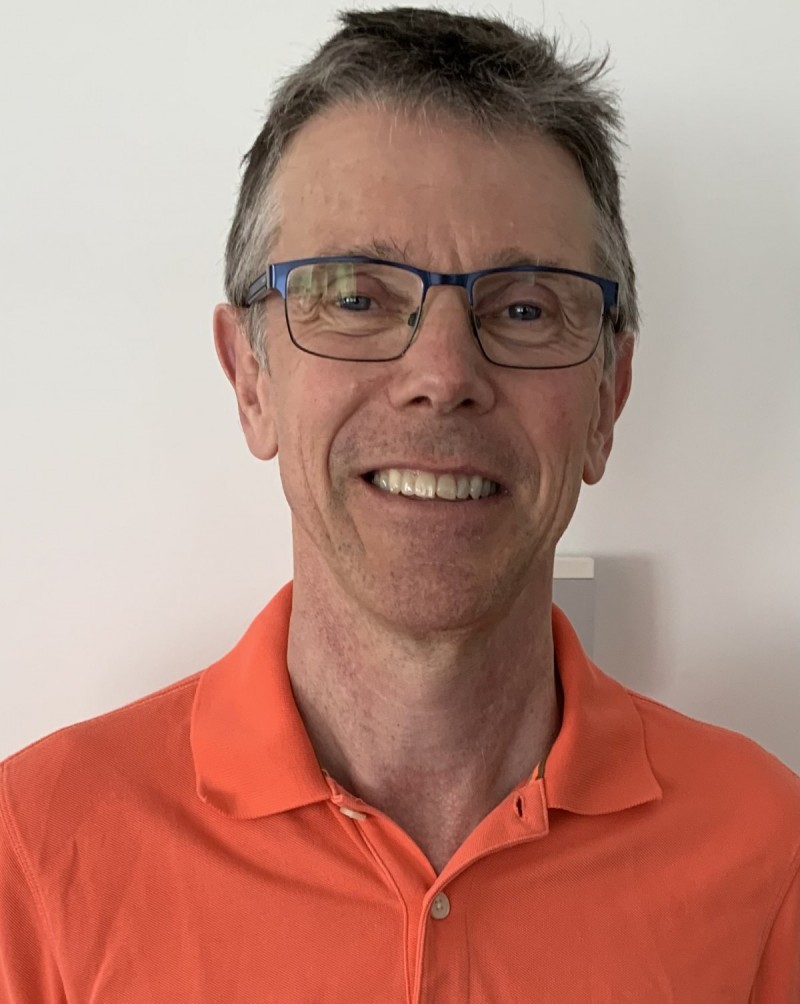
“This means that outdated, harmful, and discriminatory laws, policies, and practices are now being rightfully challenged to make our schools more inclusive, accommodating, and caring.”
The authors emphasize that since schools are the main place where social attitudes are formed, it is critical that schools be made as inclusive and accepting as possible.
As MacDougall summarizes: “This is especially true for 2SLGBTQ+ kids (and for non-2SLGBTQ+ kids, too) because these kids can have awkward or even hostile home and community environments where their identities are devalued or ignored.
“Schools really matter. For everybody.”





